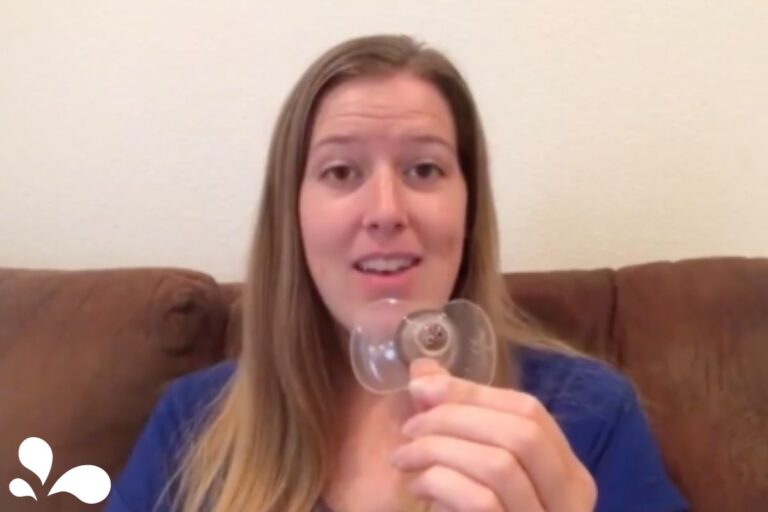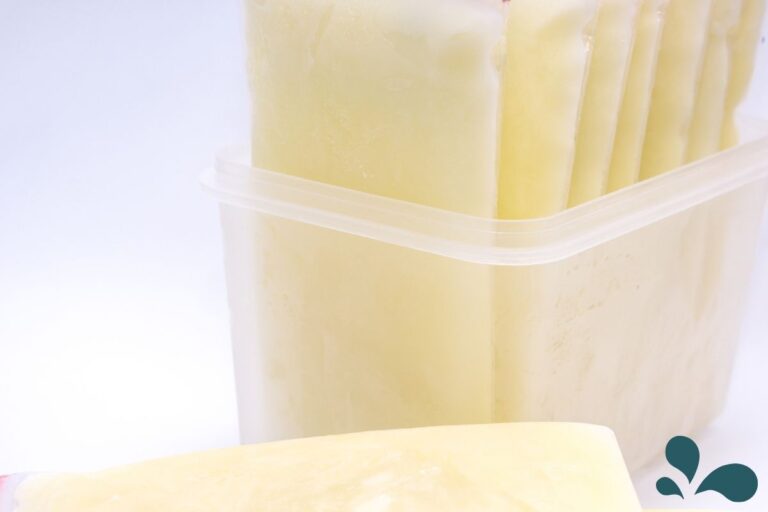You’re all in: you’ve committed to relactating—but how? This post will walk you through how to relactate. If you want to learn more about relactation, read this post on Relactation.

Get Started: Relactation
First and foremost, consult with an IBCLC. An IBCLC will assess you, your baby, and your unique situation and will guide you through your relactation journey. Be open during your IBCLC consults about your medical history and medications and/or supplements that you are taking.
You should also speak with your breastfeeding-friendly pediatrician to see what is best for you and your baby.
Start Skin-To-Skin Contact with Your Baby
Next, start implementing skin-to-skin contact. Skin-to-skin contact helps your baby with feelings of comfort and security. Skin-to-skin contact places your baby close to your breasts for easier attachment and breast stimulation. It also releases hormones that help promote breastmilk production. You’ll likely find that skin-to-skin contact is soothing for you too, so enjoy it.

Avoid Stress and Worrying About Supply
Relactation takes time. You and your baby will need to work together during this process.
Be patient with your body and your baby—don’t pressure them to latch if they are uninterested. But continue offering your breast and doing skin-to-skin contact. A baby is more likely to latch on to a calm mother than a stressed one. I know it can be hard not to worry, but with time and patience, you will succeed, especially with the assistance of an IBCLC.
Blog post: Will I produce enough breastmilk for my baby?
Pump It Up
If your baby is uninterested in latching or doesn’t stay on the breast for very long, you should use a double electric breast pump to stimulate your breasts to produce breastmilk. Breastmilk supply is demand-driven—the more milk you remove (and the more you stimulate the breasts), the more milk they will produce. Experts recommend that you breastfeed and/or pump 10-12 times per 24 hours (with 1-2 night pumping sessions) to promote milk production. You should plan to pump for 20-30 minutes every 2-3 hours. Let’s also work on setting expectations about how much milk you might get from each pumping session.

Relactation Foods—Galactagogues [gə-ˈlak-tə-ˌgäg]
Galactagogues are any herb, food, or medication that promotes breastmilk production.
Relactation Medications
Medications such as domperidone, metoclopramide, or Metformin can help promote breastmilk production. Talk to your doctor about whether using medication is the right path for you.
Relactation Supplements
Several supplements can help promote milk production—my favorites are from Legendairy Milk.
Relactation Foods
There are plenty of foods that can boost milk supply, including oats, flaxseed, brewers yeast, leafy greens (spinach), avocados, almonds, and bananas.
Stay Hydrated
Drink when you are thirsty. It can be challenging, but make sure to drink about 8-12 eight-ounce glasses of water each day. Staying hydrated will help your body produce and maintain a good breastmilk supply. If you struggle to drink plain water, feel free to add flavor to the water (True Lemon & Stur flavorings are delicious).

Pre-Feed Your Baby
A hungry baby will often become frustrated at the breast when there is little to no milk flowing. Feeding your baby some milk by bottle, spoon, or syringe before offering the breast may decrease frustrations.
Consider Supplemental Nursing System (SNS)
A baby with a good latch will remove more milk, which promotes milk production more effectively than pumping. You may also consider using an SNS (Supplemental Nursing System) to feed baby while they are suckling at the breast. An SNS uses a bottle (or pouch) of breastmilk or formula connected to a tube placed in the baby’s mouth while they suckle at the breast. An SNS helps provide enough milk to the baby to avoid frustration while also providing your body with the necessary stimulation and milk removal.
Monitor Your Baby’s Weight
During relactation, you should monitor your baby’s weight weekly. As you work to increase your milk supply, you want to make sure that your baby is receiving the proper nutrition. At the beginning of the process, they will still receive most of their nutrition through supplementation (formula or breastmilk). Over time, supplementation will decrease as your breastmilk supply increases.
If your baby is feeding at the breast, it can be difficult to know how much milk they are removing from the breasts. In that case, it would be helpful to work with an IBCLC who will do regular weigh-feed-weighs (weigh baby before and after feeding at the breast to know how much they drank). This will help you know exactly how much supplementation your baby needs.
If your baby is bottle-feeding and you are exclusively pumping, it’s easy to measure the amounts of expressed breastmilk and formula that they are receiving.
In either case, give appropriate quantities to ensure proper weight gain.
| Baby’s Age | Average Weight Gain |
| 0–4 months | 5.5–8.5 ounces per week |
| 4–6 months | 3.25–4.5 ounces per week |
| 6–12 months | 1.75–2.75 ounces per week |
Paced Bottle Feeding
I recommend feeding your baby using a paced bottle feeding technique using a slow-flow nipple. Paced bottle feeding mimics the natural breastfeeding experience, which will encourage baby’s patience.
Seek Support
Breastfeeding and especially relactation work best with support. Surrounding yourself with those that will support you through this process will lead to better success. Your support network can include loved ones, friends, neighbors, IBCLCs, and support groups.
You’ve got this!
That was a lot of information, but we have total confidence in you. As always, we’re here to help with any questions you may have.








